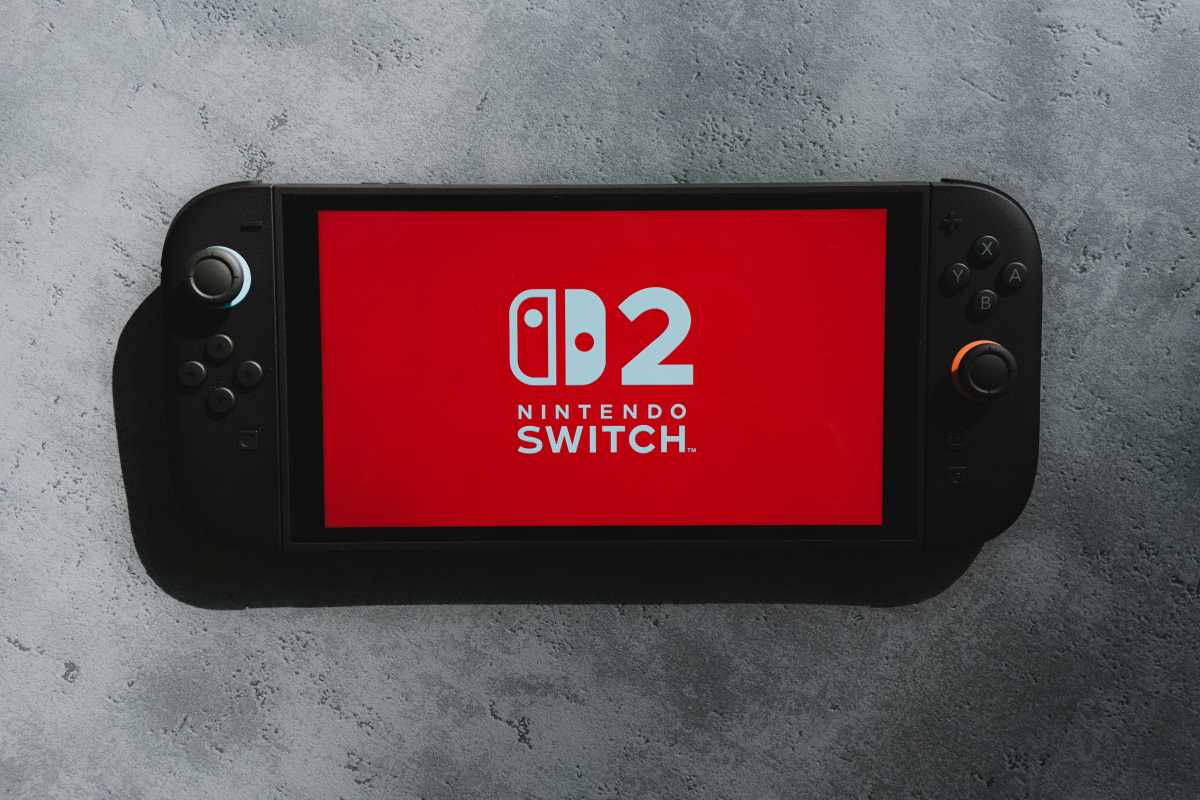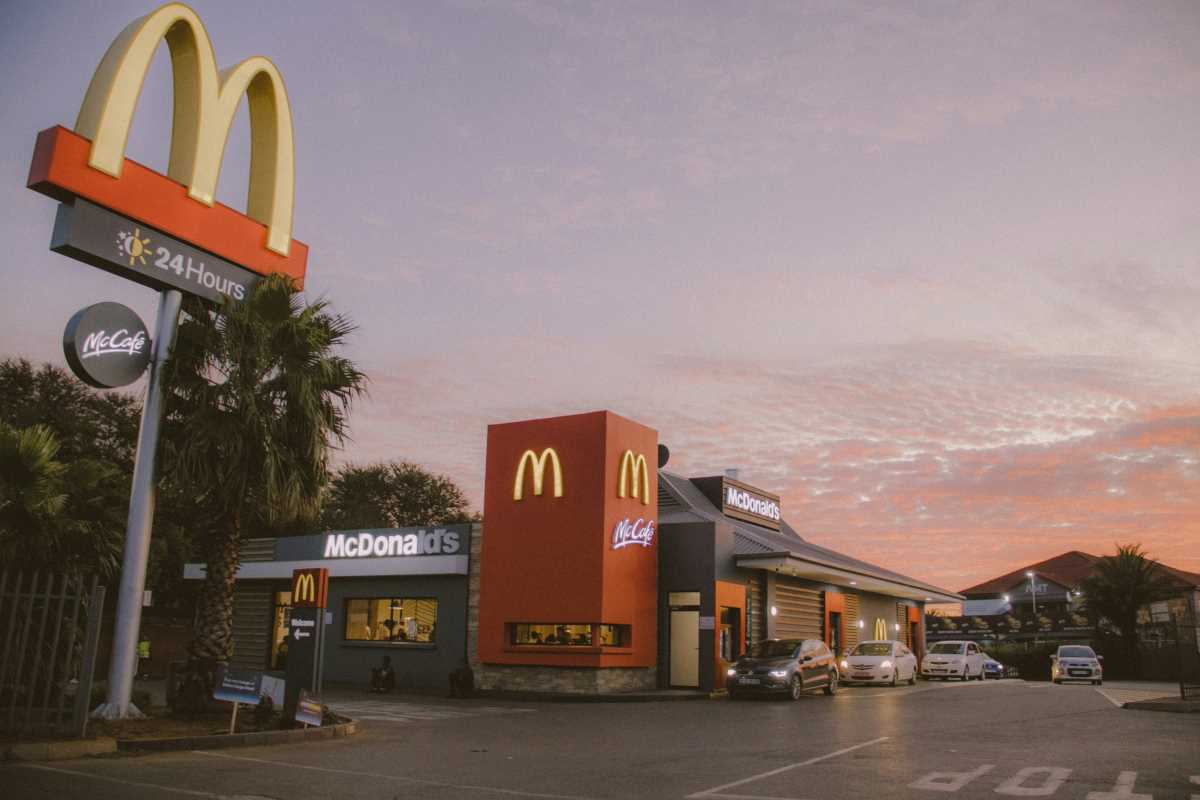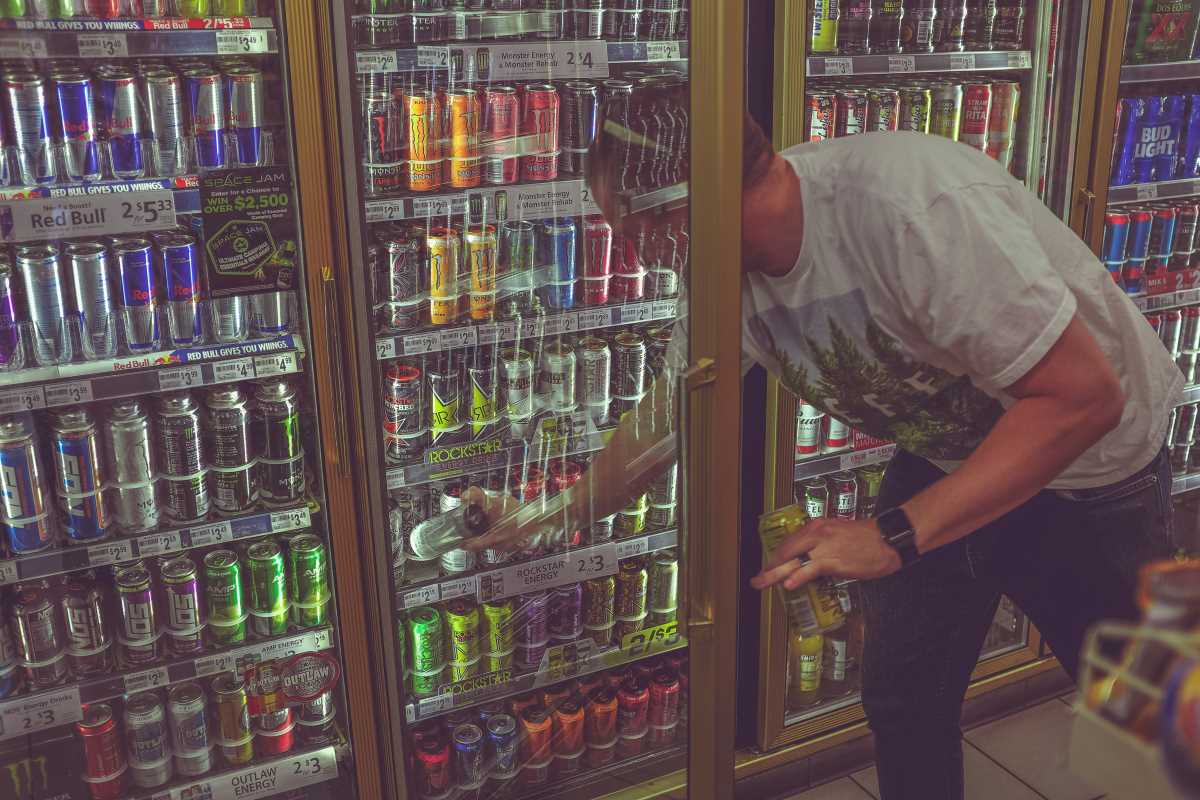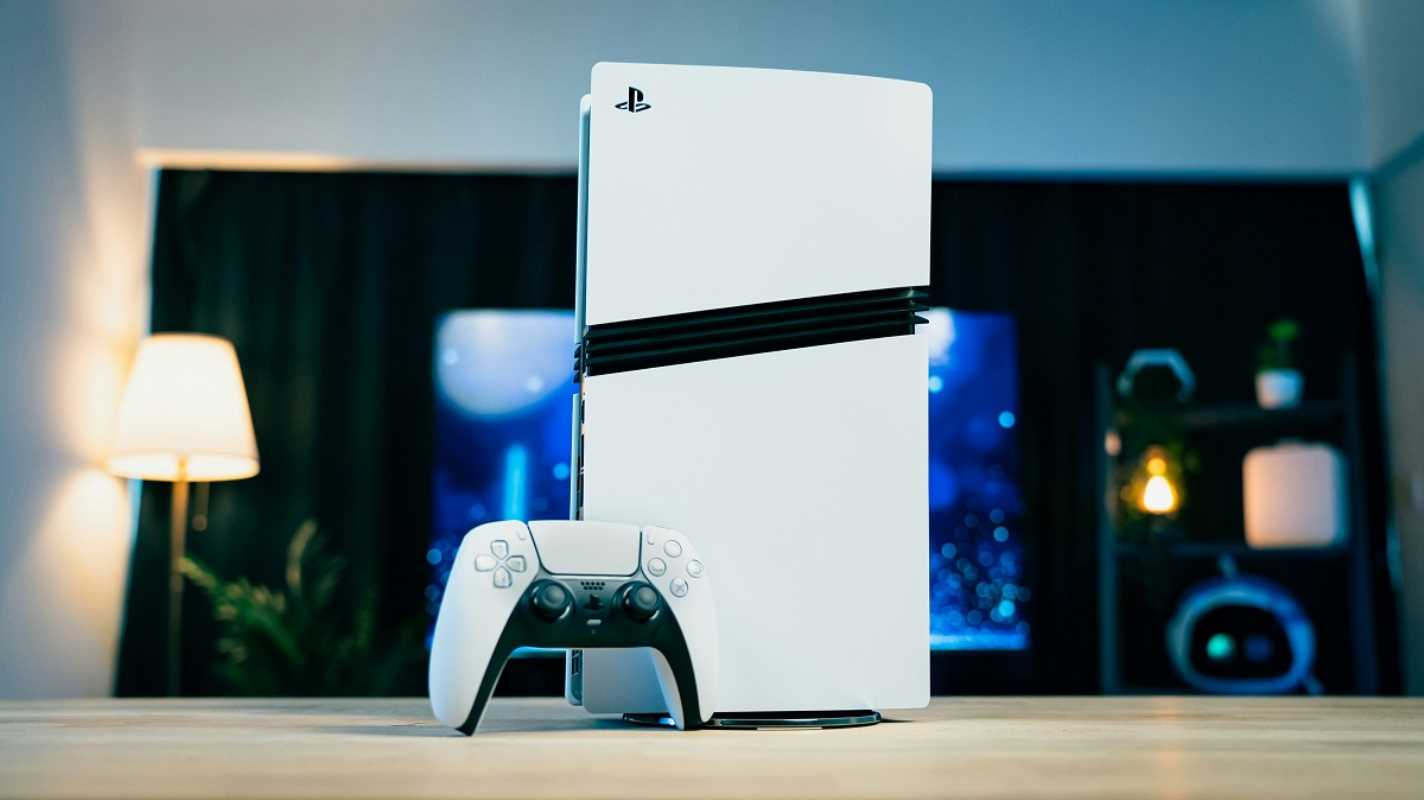The Nintendo Switch 2 dropped this year with enough hype to power a small gaming tournament. But after nearly two months of real-world testing, we're finally getting clear answers about whether this $450 console deserves a spot in your setup.
Here's the deal: the Switch 2 isn't revolutionary—it's evolutionary. Think of it as Nintendo taking everything that made the original Switch legendary and cranking it up several notches. But does "better" automatically mean "worth your money"? Let's break down what actually matters.
What Makes the Switch 2 Different
The most obvious change hits you the moment you pick it up. This thing is big. We're talking nearly 11 inches wide and two pounds of gaming hardware. Your original Switch suddenly feels pocket-sized by comparison, though that might not be entirely positive if portability matters to you.
But size brings benefits. The 7.9-inch, 1080p display gives you significantly more screen real estate than any previous Switch model. Colors look sharp, gameplay feels more immersive, and you'll actually notice details you missed on the smaller screens.
The Joy-Con 2 controllers deserve special mention. Instead of sliding on and off, they attach with satisfying magnetic snaps and detach with simple button presses. No more worrying about accidentally launching your controller across the room during intense Mario Kart sessions. Plus, the bigger buttons make tabletop multiplayer sessions actually comfortable instead of an exercise in hand cramping.
Performance Upgrades That Actually Matter
Here's where things get interesting. The Switch 2 finally delivers proper 4K gaming when docked to your TV, with some titles hitting 120 frames per second. Translation? Games look crisp and play smoothly in ways the original Switch never could.
Take Street Fighter 6—a game that showcases exactly what the new hardware can handle. While it doesn't match PlayStation 5 quality, it runs surprisingly well with smooth online matches and colorful, responsive gameplay. You're getting the full experience, not some watered-down port.
Even better, your existing Switch games get automatic performance boosts. The Legend of Zelda: Tears of the Kingdom finally runs at silky 60fps in 4K HDR when docked. If you've been holding off on certain games because of performance issues, the Switch 2 makes them actually playable.
Loading times also see meaningful improvements. Everything from the eShop to massive games loads several seconds faster. Those time savings add up when you're trying to squeeze in quick gaming sessions.
Social Features That Change Everything
This is where Nintendo surprised everyone. The Switch 2 introduces GameChat—built-in video calling that works seamlessly while gaming. Up to 12 people can join voice chat, with four on video, using either Nintendo's $55 camera or any USB webcam you have lying around.
The system's built-in microphone works shockingly well, picking up clear audio from across the room. No headset required. You can see your friends' reactions to every power-up, red shell, or boss battle in real-time. It genuinely recreates the feeling of gaming in the same room with your crew.
GameShare takes things further by letting you invite friends to play games they don't own. Host a session of Super Mario 3D World and your buddy can join instantly without purchasing or downloading anything. The feature currently works with select titles, but it points toward a more connected gaming future.
The Mouse Mode Surprise
One of the Switch 2's most underrated features lets you use Joy-Con controllers as computer mice. Just place one on any flat surface and navigate menus or play compatible games with point-and-click precision.
Fortnite with mouse controls feels revelatory if you're used to console aiming. You get PC-level accuracy without needing a gaming setup. While only a handful of games support this feature currently, it opens possibilities for strategy games, creative tools, and competitive shooters.
What's Still Problematic
The $450 price tag hits different when you factor in the total cost of ownership. Games now run $70-80 each—that's $20 more than typical Switch titles. Mario Kart World alone costs $80, making your first gaming session expensive before you even start.
Storage becomes an immediate problem despite the 256GB internal capacity. Modern games like Street Fighter 6 and Cyberpunk 2077 consume 50-60GB each. You'll max out space quickly and need expensive microSD Express cards for expansion. A 1TB card runs around $190, making storage upgrades costlier than competing consoles.
The battery life disappoints during intensive gaming. Expect roughly three hours of playtime with demanding titles like Mario Kart World. That's below the Switch OLED's 4.5-9 hour range, meaning you'll need portable chargers for extended sessions.
Finding one remains challenging. Most major retailers stay sold out, with restocks happening in short bursts. Unless you enjoy tracking inventory across multiple websites, you might wait months to actually buy one.
Game Library Reality Check
The launch lineup centers around Mario Kart World and Donkey Kong Bananza—both excellent but narrow in appeal. Mario Kart World expands the series with 24-player races and open-world exploration. Donkey Kong Bananza delivers creative 3D platforming reminiscent of Super Mario Odyssey.
Third-party offerings include Street Fighter 6, Cyberpunk 2077, and Yakuza 0—games that skipped the original Switch. If you only game on Nintendo systems, these represent exciting new experiences. If you own other consoles, they're familiar titles with slightly lower visual fidelity.
Nintendo Switch 2 Editions of Breath of the Wild and Tears of the Kingdom offer enhanced performance and quality-of-life improvements. Existing owners can upgrade for $10 each, which feels reasonable for 4K HDR gaming.
The GameCube games on Nintendo Switch Online remain limited to four titles currently, though more classics like Super Mario Sunshine are promised. It's a start, but hardly comprehensive.
Who Should Upgrade Now
Definitely upgrade if you:
- Never owned a Switch and want access to one of gaming's greatest libraries
- Only game on Nintendo platforms and want to experience major third-party titles
- Play primarily multiplayer games with friends and value the enhanced social features
- Are a Nintendo superfan who buys every major release
Consider waiting if you:
- Game across multiple platforms and already own current-gen consoles
- Primarily play single-player games and don't need performance upgrades
- Want a larger game library before committing $450+
- Prefer waiting for potential OLED models or price drops
The Switch 2 succeeds at being a better version of something that was already great. The improved performance, enhanced social features, and quality-of-life upgrades create a genuinely superior gaming experience.
But "better" doesn't automatically equal "essential." The original Switch remains an excellent console with an enormous game library. Unless you're specifically frustrated with performance issues or desperate for the new social features, waiting makes financial sense.
For newcomers to the Switch ecosystem, this represents incredible value. You're getting access to nearly eight years of outstanding games plus future exclusives, all running better than ever before.
 (Image via
(Image via





